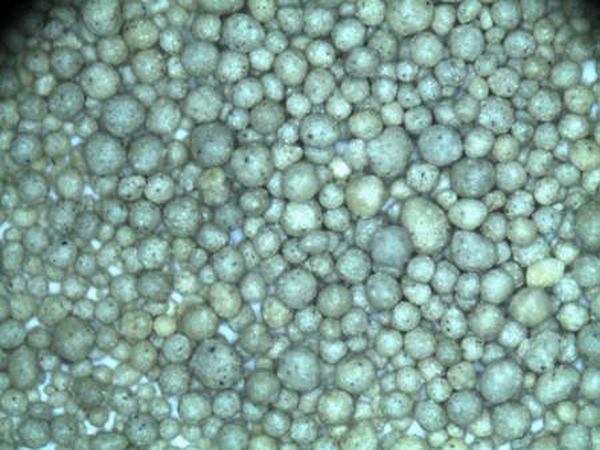What is Foundry Sand?
What is Foundry Sand?
There are several types of foundry sands, with silica sand being the most commonly used. Silica sand is favored because of its ability to withstand high temperatures, its excellent drainage characteristics, and its reusability. Other types include olivine sand, chromite sand, and zircon sand, each with unique properties that may be advantageous for specific metal casting applications.
what is foundry sand

The foundry process involves creating a mold from the sand mixture, which is typically blended with a binding agent like clay and water. After the mold is formed, molten metal is poured into it. Once the metal cools and solidifies, the sand mold is broken away to reveal the final cast product. Due to its ability to retain shape and resist thermal damage, foundry sand plays a vital role in achieving precise and detailed metal castings.
Foundry sand has a significant environmental aspect as well. After its initial use, it can often be recycled and reused in various applications. Many foundries have established processes to clean and reuse spent sand, reducing waste and minimizing the environmental impact of metal casting operations. Additionally, recycled foundry sand can be utilized in construction projects, road building, and as a component in concrete, further extending its life cycle and utility.
In conclusion, foundry sand is an essential material in the metal casting industry, providing crucial support during the mold-making process and ensuring the quality of the final product. Its properties allow for high heat resistance, durability, and recyclability, making it a cornerstone in sustainability efforts within manufacturing. Understanding the role and benefits of foundry sand is vital for those involved in metal casting and related industries, as it not only enhances productivity but also promotes environmental responsibility.
Post time:ພ.ຈ. . 07, 2024 00:43
Next:Άμμος και κτίσματα φυσικά στοιχεία και τεχνικές δημιουργίας
